#balkan stuff
Text
"We need to make a statement" okay could you do that without lighting a match near the fucking powder keg of Europe
The UN may be trying to start another war in the Balkans in order to make a statement about Israel.
Like I don't think the collective Serb response is rational, I would LOVE it if the Republic of Serbia and the Serbian Republic could just let this pass without comment, but it's also not unexpected. You. You had to know they'd start yelling about secession again. You had to know that it was a bad time with all the recent attempts at illegal referendums. You had to know how sensitive of a subject this is. Like yeah in a vacuum this is a sensible and reasonable action to take, death on that scale should be recognized, but you know what the Balkans are like, do you really think this is a good idea??? Could you really not wait a few years for the risk of violence, possibly backed by Russia, to go down a bit?
Come on!
29 notes
·
View notes
Text
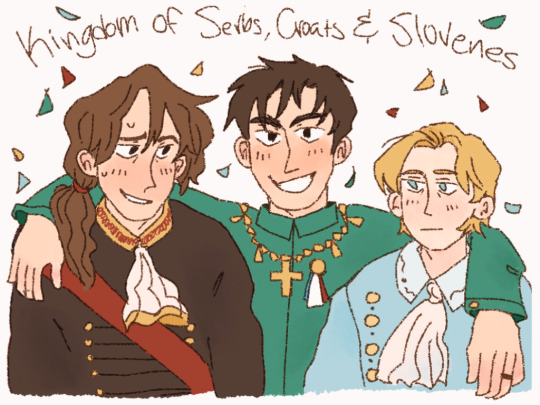
'world's WORST throuple' award winners 1918
#cant stop thinking abt them post-ww1 so i had to draw them SORRY#vuk and dražen look less greasy/scruffy than i usually draw them bc this was their thrive era#maia talks#balkan stuff#mine#oh also fun fact the outfits are vaguely inspired by alexander i of yugoslavia's fits
49 notes
·
View notes
Text
Everyone from Black Clover is Balkan.
Yami is the only one that is Japanese
#black clover#balkan#balkan stuff#was talking to my bestie about this#and yes she was absolutely correct about thid#yami sukehiro
18 notes
·
View notes
Text
Lepa could do flowers but Miley couldn't do jugoslavenka


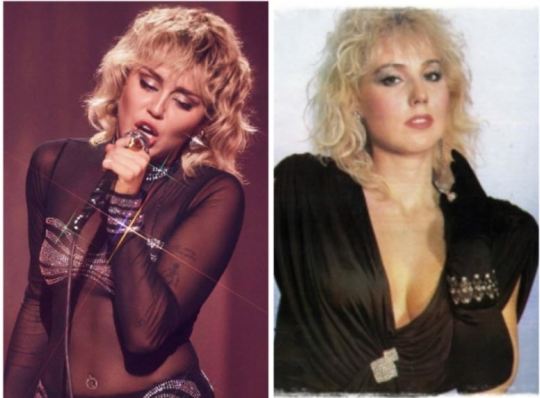
6 notes
·
View notes
Text
The Balkans in a nutshell:
Me sitting on the balcony, peacefully rolling a joint and talking with my neighbour on her balcony.
Somebody sneezes very loudly.
Me, shouting: bless you!!
Random person: thank you!
5 people suddenly burst out laughing. We live on the balconies, it's a real stereotype.
2 notes
·
View notes
Note
Hi! Saw ur post about leslie feinberg and just wanted to say yeah its so fucked. I absolutely adore the book stone butch blues and im a trans masc pansexual but the thing is im a bosniak trans masc pansexual whose parents lived through the war and who still lives in bosnia so reading leslies book and feeling like ze is speaking directly to my soul through such similar experiences and emotions while at the same time fully knowing all of hir political opinions about my region was honestly kinda heartbreaking, sorry for ranting but i dont know anyone whos read the book here and all my non balkan friends dont know enough about the region to understand so i just needed to get this off my chest
yeah i did not know about hir politics on the balkans until i opened my library's copy of stone butch blues and saw in the table of contents zie had notes on the book's translation into bcms so i flipped to them and was just completely unprepared for what i read in there. and had that experience you describe of feeling so completely seen by the book and aligned w a lot of feinberg's other politics but being heartbroken at hir balkan politics and also angry bc there are ways to be anti-nato/un/us without being pro-milosevic/a literal genocide denier and i feel like somebody of feinberg's leftist activist caliber should've been able to grasp the nuance
and i am not bosniak and also was raised mostly in the us (serbian/croatian mother american jew father), so i can only imagine how this tension must feel for you. no apologies for ranting! i also have nobody irl who i could've taken my rant to who would've fully grasped what was so painful, so i'm really glad you sent ur message and it is comforting to know there are others in this boat. sending u butch/transmasc balkan solidarity <3
4 notes
·
View notes
Text
Ok not to sound like an insufferable old teacher ali jebem ti ove petarde dosadna dječurlija
Nemam minute mira u ovom jebenom komšiluku
#balkan#balkan stuff#should that be my new tag?#eh#neko djete tokom škole bacio jednu od onih velikih kroz prozor#ma kad se nisam usrala#ex yu
2 notes
·
View notes
Text
my boyfriend insists we have slava in chalkidiki this year
like my brate in christ, theres no one in chalkidiki in winter
1 note
·
View note
Text
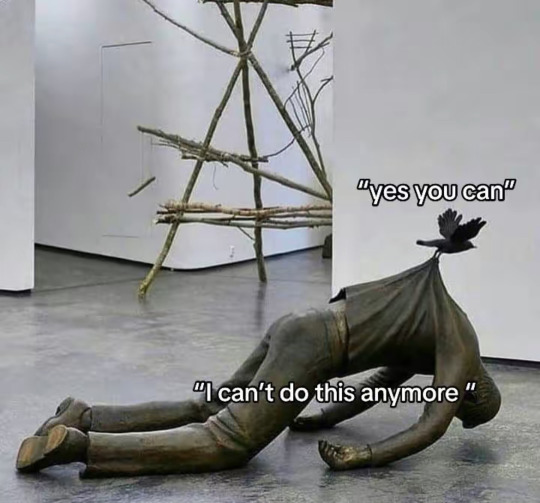
Ti si moja ptica..
1 note
·
View note
Text
I know I'm a nerd because the amount of time I've spent obsessing over the Vojvodina dress is. Way too much.
This dress doesn't actually have a name (probably), but it's from late 19th century Vojvodina, and I kind of obsessed over it when I was at the Serbian Ethnographic Museum in Belgrade (main site is available only in Serbian).
(Unfortunately, I'm trying to work within the tumblr image limit, but here's a google drive!)
BTW, if you enjoy this post, please consider leaving a tip! I spent more time than is reasonable putting this together.
Also, due to tumblr being Odd, you may want to open this in a new tab to avoid having the posts expand to full; the dashboard view only lets there be one image per line, for some reason. If you open in a new tab, they are much more neatly organized into sets, and quicker to scroll past.
Due to the fact that I can't really describe these photos in a way that means anything to readers unless they have a large technical vocabulary or background in Balkan fashion history, and there being so many pictures, I will not be including image descriptions. However, my commentary on those photos throughout the latter half of the post should hopefully give you a solid summary on what the photos contain, even if it's not going into details for most.
Here is the general shape of what you see in 19th century Serbia (incl. Kosovo), Montenegro, Bosnia&Herzegovina, and Croatia:




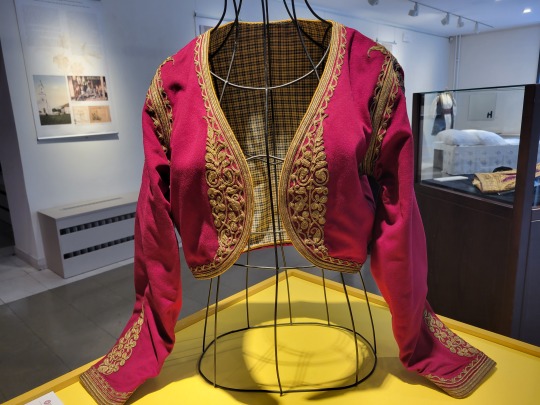
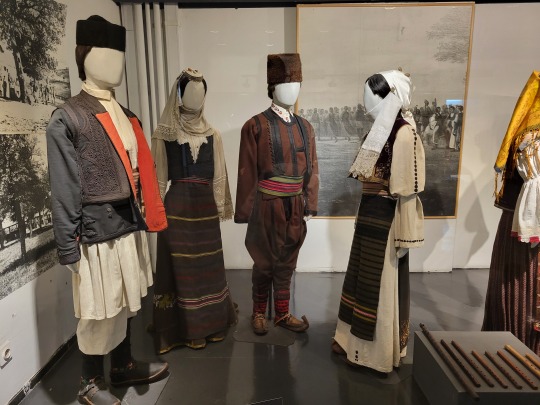



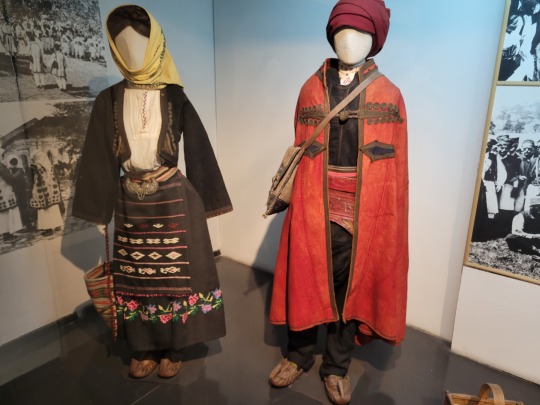
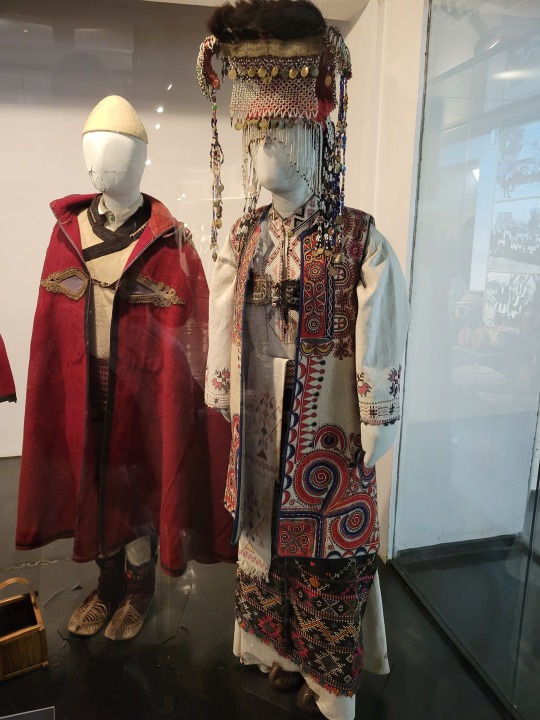

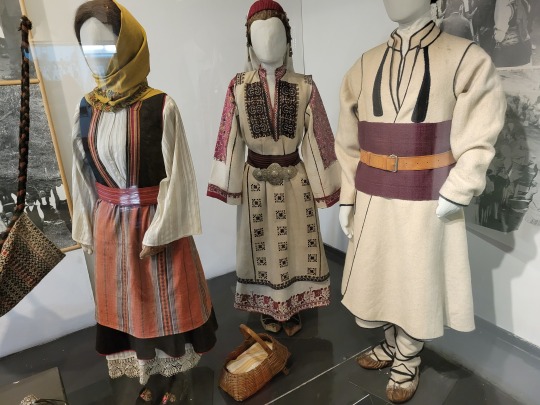
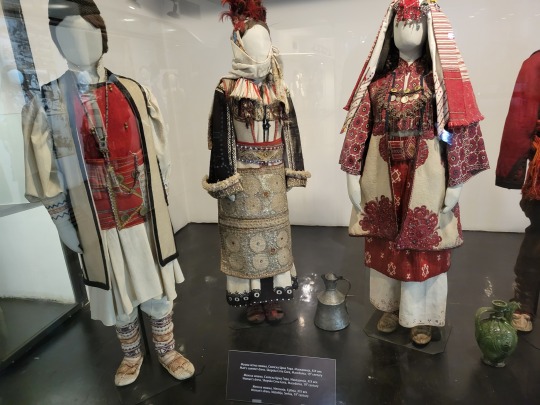


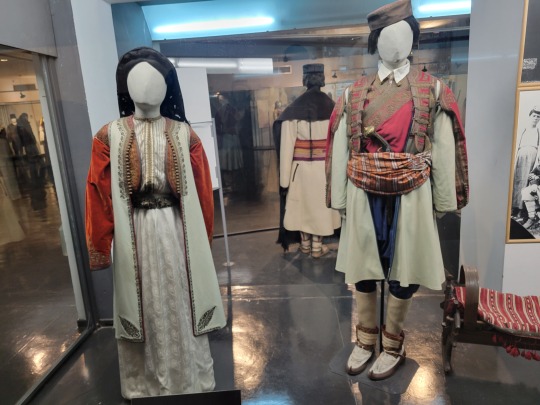
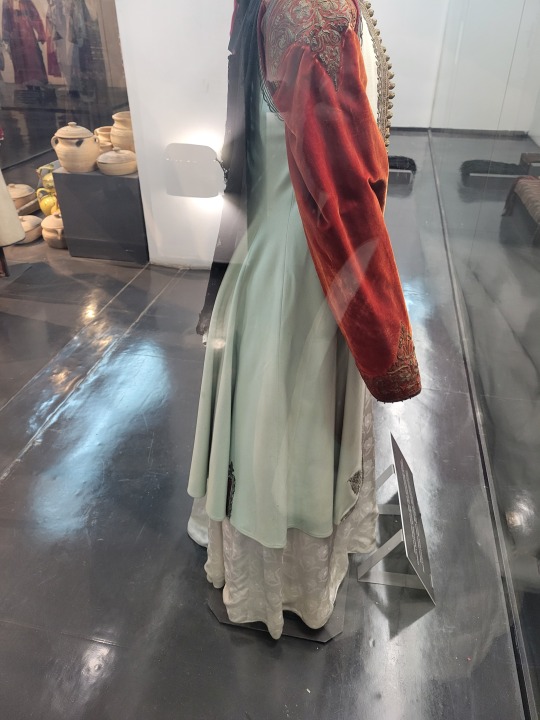
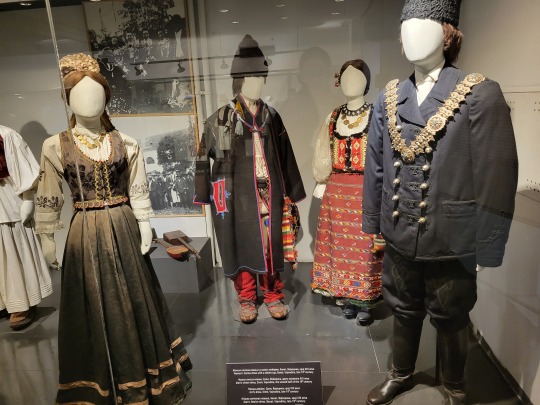

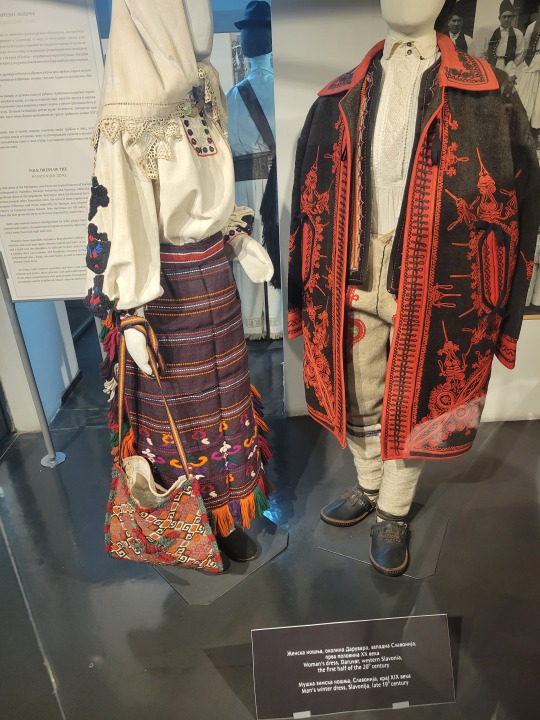
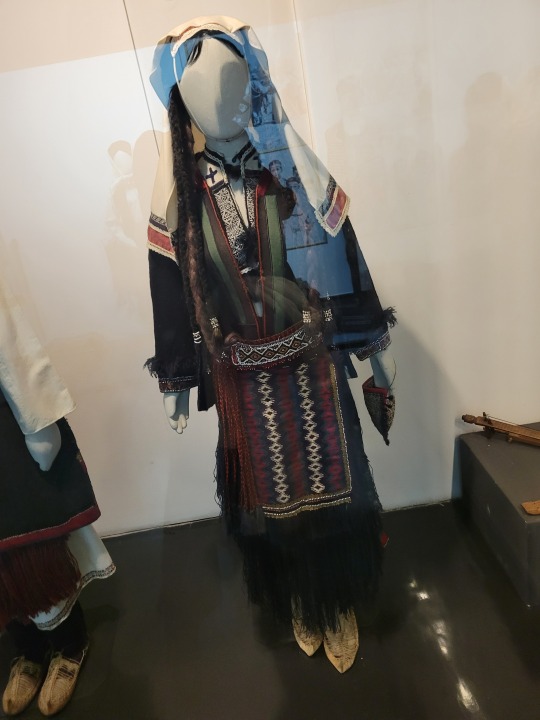
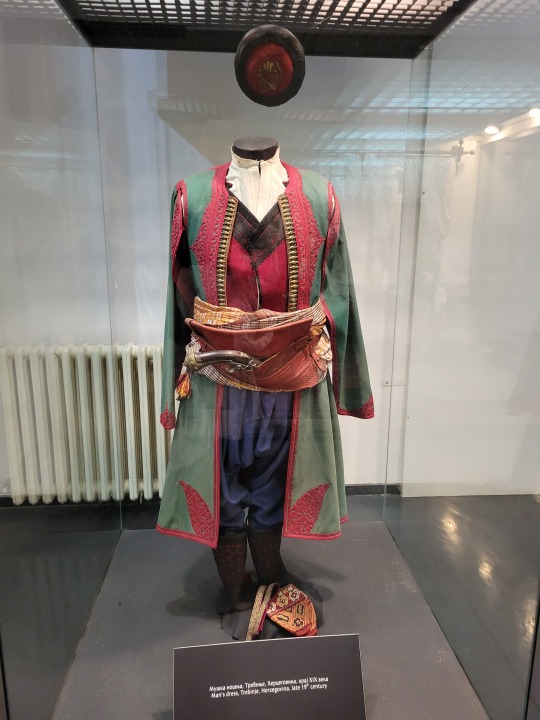

You can see a few throughlines, even with the variety from one region to the next. Certain types of fabric are more common, especially that heavy plain-weave white fiber (I think usually cotton, nowadays, but probably historically flax) with the small knots; my grandmother's apartment is still stocked with that as the default bed linen! You see it all through the exhibit, most frequently in the skirts, but often for blouses or chemises, too.
There are a lot of hand-woven fabrics, which you can see on display best with the aprons, and a very specific style of applique trimmings on the cropped vest. The arm's eyes and necklines have similar proportions. The lengths are similar. Most things are cut on the rectangular, or not cut at all. Hems are often tassled, for complex weaves, or simply folded under for the white base fabrics; plain, non-white fabrics tend to get a textured applique at the hems. Lace is usually eyelet.
There are exceptions, of course. I'd love to know more about that mint green cardigan(?) from Montenegro, with the gored pieces. I think it's made of doeskin (the tight wool weave, not the leather), and I wish I could get more information on the history. Most of the larger green dyes, not counting floral motifs or minor elements of a multicolored weave, are from the Bosnian section of the display (wide stripes along the collar, for instance), presumably due to Ottoman influence leaving a large Muslim population. And then there's this mint green cardigan from Montenegro made of a fabric I'm not seeing on any other garments? Tell me more, please.
(Also, in the close-ups, you can see that the hook and eye closure has released rust stains onto the blouse!)
There are so many more pictures, but unfortunately, I have a thirty-image max and really want to talk about this one specific dress:
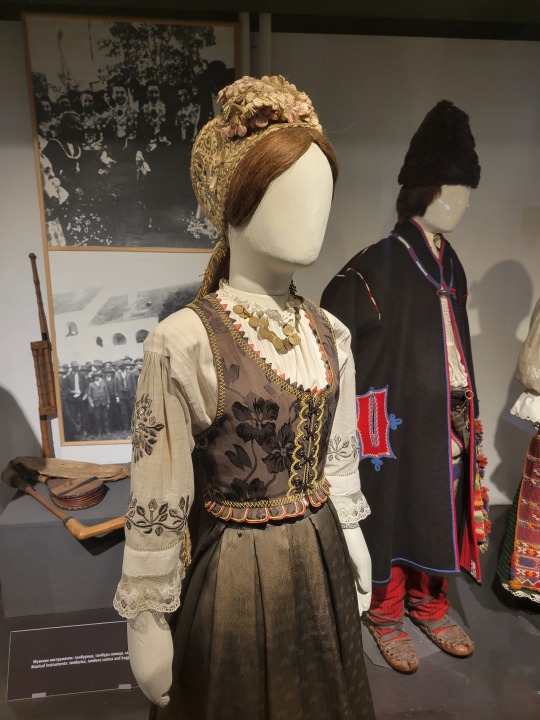

The image description on the floor below describes this as:
Woman's festive dress with a zlatara cap, Banat, Vojvodina, late 19th century
(I have minimal commentary on the hat. It's a traditionally Serbian vestment, but there's nothing too unusual about it.)
So, here are a few things to note at first glance:
The arm's eye on the vest is wide. It dips further in towards the neck than most vests, and swoops further down towards the ribs. Most of the traditional vests have a much tighter arm's eye.
Relatedly, the straps are much thinner than most of the vests, maybe half as wide. This is partly the arm's eye, and partly the width of the neckline to start!
The vest comes down in a slightly pointed oval ending at the swell of the bust, rather than curving back up or being a rounded shape a few inches higher. It's also finished with these little satin triangles?
The vest is laced at front, rather than hook and eye closure.
The bottom edge has tabs!
The hems on those tabs are chain stitched in yellow, and then the hem is wrapped in a thin orange ribbon that I would hesitantly say is satin? Plus all the other yellow embroidery, which to my eye looks really different from the embroidery you see on various aprons, and also different from the metallic appliques you see on most vests!
That bottom edge also appears to be straight across (most of the vests curve up slightly at front), and is very tight to the body. While some of the vests are tight, those are generally the shorter ones. Longer vests are much looser than this one, which cuts off and cinches at the waist, right where it meets the skirt.
The fabric itself! I'll get back to this but it seems to be a satin jacquard??? A jacquard that matches (in thread, not in pattern) to the skirt? Insane.
[Disclaimer: Some of these deviations, such as the arm's eye size or the dropped shoulder hem, could be a matter of the mannequin being the wrong size for the clothing. Unfortunately, I don't have enough background information to be sure. It could be just the right size. It could be far too small. I only have these photos and the most basic of background information to go off of.]
Okay moving on to the blouse:
It's not completely unique to be sheer, but it's definitely uncommon!
The chest is not pintucked or a flat weave, but rather the sheer fabric has thin stripes of more opaque weave? I don't actually remember what that's called but it's definitely cool to see.
We also see a net lace at the cuffs, which is similarly uncommon; most of the fashions I saw had eyelet lace instead (which we can see at the collar of the blouse).
The dropped shoulder! The shoulder seam sits much higher on most of the pieces I saw (there are a few exceptions, but mostly from regions nearby). In fact, most of the examples had the shoulder seam hidden, between the higher seam and the width of the vest; it's both the dropped seam and the thin straps of the vest that let us see this here!
That metallic embroidery. Again, most of the embroidery we see on the other pieces is cross stitch or done with a much thicker thread; sometimes, you get lineart, but not filled in in this manner. This kind of thin-thread embroidery that fills the space between the lines isn't common in the other pieces!
I don't think I can actually say much about the sleeve length? I feel like most of the pieces have sleeves that are full or bracelet length, while this one is a three-quarter, but I'm not 100% on that actually being true. It's a bit hard to tell in some cases. Might just be summer clothes?
The skirt:
SATIN JACQUARD
BOX PLEATS
SLIGHT OVAL HEM
SATIN RIBBON TRIM
I'm gonna be honest this was a huge part of why I began to obsess over this dress let me just. Whoo!
This fabric is, as far as I can tell, a satin jacquard, very probably machine-woven. It is very different from basically every other fabric we see in this exhibit. This is not a plain weave, and it is not a hand-woven design. This is a meticulously, mechanically repetitive pattern done using satin-weave manipulation to adjust which sections have shine and which don't. Given the time period, it's probably silk. (Take a look at this portion of a video on silk by Nicole Rudolph to understand what I mean by jacquard. If you want to know more about satin weave, you can watch the full video.)
I'd guess that the vest is made of the same type of fabric, even the same threads, just in a different pattern.
The pleating! If you take a look at the other photos, the general pattern is 'put together some rectangles, gather at top, and you have a dress. Cover with a hand-woven apron in front and possibly in back.' There are, again, some exceptions, but this dress has both the box pleating and the satin jacquard. The structure of this skirt is completely different from 90% of this exhibit.
In conjunction with the pleating, the skirt had a very slight oval shape around the bottom. I didn't get a good photo of that part, but it's typical of 1890s dresses in Western Europe to have a sort of egg-shaped hem if you look at them from above, through use of pleating, strategic panel shapes, and bum pads or petticoats. In short, the dress is just slightly longer at back without being a full-on train. Most of the other pieces, due to the rectangles and gathers, are a much simpler circle shape around bottom.
Length! Part of why the egg-shaped hem is happening is because this dress actually brushes the floor. Ankle-length is the default across the exhibit, even for formal wear.
Simple satin ribbons for decorative trim, rather than something textured, shaped, or multicolor!
Then, the actual hem of the skirt: a center-pleated green ribbon. This is, again, really different from most of the hems. Most of the skirts don't reach the ground, and aren't made of a fancy fabric. Those white dresses/skirts that form the base of most looks are easily washed and have hems that don't drag on the ground. If they aren't left to just the selvage, they're very simply hemmed; I think what I saw most frequently was a double-folded hem. The pieces that have more decorative hems, like blouses and vests and aprons, aren't pieces that get the same form of wear.
However, since this dress does reach the ground, it needs a centimeter or so of additional fabric to take some of that wear to protect the fancier skirt fabric, like hem braid, which the easily-replaced ribbon could conceal for this skirt since it's a festival item.
I think that might also be part of why there's a seam about twenty centimeters up from the bottom edge; it's a replaceable section in case it needs replacement, or the seam is for a protective layer inside. However, it could also be a seam used for a stiff inner lining meant to help the skirt flare out just a touch, like this.
Now, finally, why is all this even a thing, and why do I care?
Vojvodina, the region this outfit is from, was under Austro-Hungarian control during the latter half of the 19th century; whether it was officially Hungarian, Austrian, or both changed from one decade to the next, but it was definitely under that sphere of influence for a very long time. Despite this, it was and is culturally Serbian, and is majority Serbian in terms of population; it was even back then! However, the 19th century saw a large number of ethnic Hungarians and ethnic Germans in the region as well, and the cultural impact from Vienna was not to be underestimated.
This dress is a great example of how a culturally Serbian individual would have clothing that integrated those foreign influences. For most of the Balkans, the greatest influence was the Ottomans, due to five centuries of imperial rule, but this dress is a great contrast due to Hungarian occupation, and then Austrian. It contains elements of the culture that birthed it, yes, but the influence of the West is so very, very clear.
(I wish I could talk more about the Pannonian elements in general, but I'm still learning.)
I hope you enjoyed this rambling deep dive into a single outfit from the Serbian Ethnographic Museum. Visit it if you get a chance!
And if you've read this whole thing and feel like dropping a tip, you can do so on this blog, post, or over on ko-fi. You could even join my Patreon!
#serbia#vojvodina#fashion#fashion history#the vojvodina dress#serbian stuff#balkan stuff#balkans#Banat#Hungary#Austria Hungary#austro hungarian empire#phoenix posts
171 notes
·
View notes
Text
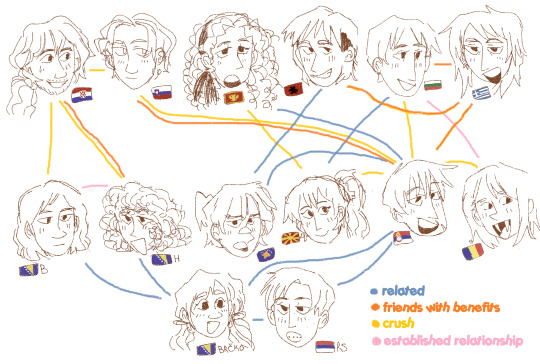
a glimpse into my twisted mind (click for better quality)
made this for myself so i don't forget who's-what :) and now you have to look at it because it's my blog & i get to pick the cringe hetalia characters
#i realize now that i made everyone want to fuck serbia sorry. im projecting#maia talks#balkan stuff#this is about the characters' relationships as people it's Not geopolitics don't start a third balkan war in my askbox
41 notes
·
View notes
Text
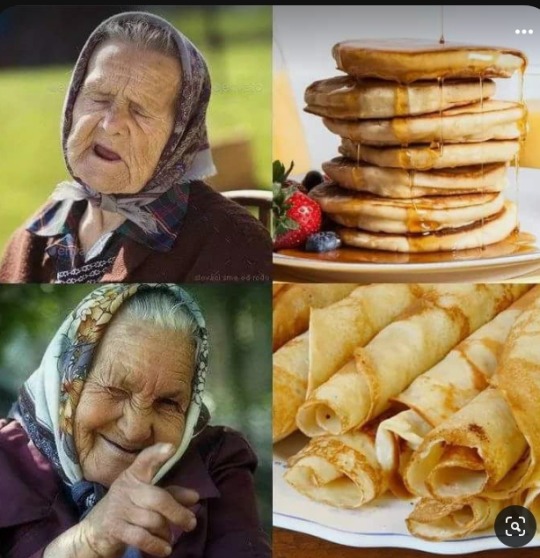
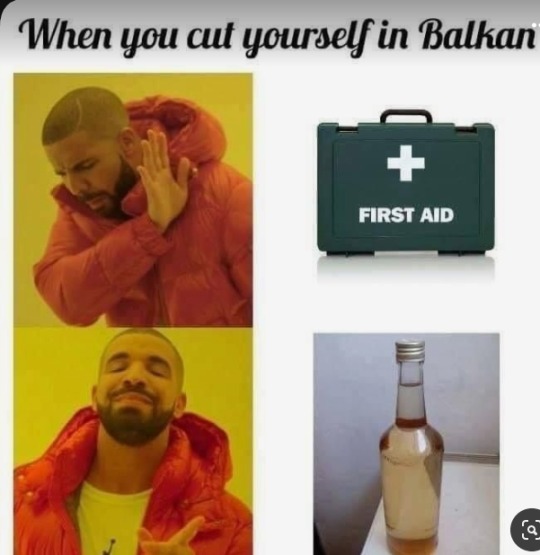
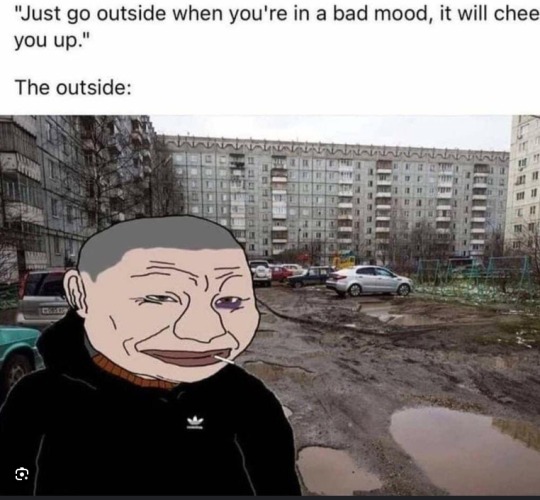

m becoming obsessed w Slavic memes
#slavic#slavic stuff#slavblr#slav#balkan#slavs#slavposting#memes#funny#meme#ahahahah#i ak somgood at tagging styff (no im not)#relatable#hashtag relatable
87 notes
·
View notes
Text
eastern european parents don't apologize. they start to act all nice and sweet all of a suden
#romanisme#eastern europe stuff#eastern european#eastern europeans things#eastern europe#balkan#the balkans#balkans#the baltics#slavic#romanian childhood
862 notes
·
View notes
Text
the way i don’t really want to be a tourist in belgrade again but i oh so desperately want to live there again and i never will
#I want to go to the idea on my lunch break and buy my little plazma keks#i want to take the trolleybus across town on my commute#i want to walk around i want to be part of the city i want to be one of its cogs#and i so desperately want to be in belgrade with my mom#and hear her memories and share mine#julia needs to shut up#balkan stuff
0 notes
Text
Happy New Year to my Balkan peeps!
Have a pic of Lepa Brena!

1 note
·
View note
Text


I love how unique Mushishi's soundtrack is, and I love folk and trad songs: voilà ✨
(songs info if you're interested:)
Anakrousis and Hymne au Soleil are from the same 1979 album "Musique de la Grèce Antique" (Music from ancient Greece), by the Spanish ensemble Atrium Musicae de Madrid. They specialised in playing pieces from medieval (or older) time periods. For this specific album they used actual music gathered from ancient papyrus and reconstructed ancient instruments to be as accurate as possible. I highly recommend the whole album, it's haunting.
Зора се е, мале, зазорила (translated as "Daybreak Dawned") is a song from Bulgarian folklore, sung here by the well-known Eva Quartet. (the music and lyrics here are probably an arrangement from a pre-existing folk song but I'm not 100% sure)
木曽節 (Kiso Bushi, literally Kiso's song) is a Japanese folk song from the Kiso district, and as its name indicates, it's a song celebrating the place it originated from. The song flows as does the Kiso river, and it's performed here by the Research Institute for Japanese traditional music (pretty self-explanatory).
Каа-Хем (Yenisei river) is technically not a folk song but Yat-Kha is a Tuvan band that relies heavily on tuvan folk sound (such as khöömei/tuvan throat singing) mixed with punk/rock/metal influences and it's very cool!! And this song is of course celebrating the Yenisei river and its beautiful landscape.
La rivière Tanier is a créole lullaby, lamenting the hardship of life as an old woman fishes in the river. Graeme Allwright created this particular arrangement ; he was a French New-Zealander who spent his life travelling and making folk music. He did a lot of different things throughout both his life and his music career, so I guarantee that you'll find something you'll like if you check out his stuff. Also!! he was bestie with Leonard Cohen!
نامي نامي (Nami Nami or Sleep Sleep) is a traditional lullaby from the Middle-East (probably Egypt ?) in which a mother comforts her child with promises of their father's return. It's performed here by the ODO Ensemble ; they're based in France but their goal is to collect and perform ancient music from all over the world.
The Passing of the Elves: yes it's a soundtrack from The Lord of the Rings so I'm stretching the meaning of "folk" a little bit, but Howard Shore drew heavily from Celtic and Eastern aesthetics and tones when composing the different leitmotivs for the Elves and I like how it sounds :) plus they used the actual Sindarin poem so that's cool!
五木の子守唄 (Itsuki no Komoriuta or Itsuki Lullaby) is, to everyone's surprise, a traditional Japanese lullaby from the Itsuki district! The original lyrics are bit grim (a babysitter exhausted by a crying child) , but this is a beautiful instrumental version arranged by Takasue Shibata, and I thought it made for a nice conclusion to this little journey ☀️🌙💧
#mushishiweek2023#mushishi week#Mushishi#i don't have spotify so youtube playlist it is sorryyy :(((#still not sure about the geeky track but oh well#balkan folk songs fuck SEVERELY they have all the best stuff i swear#although this was solely started by anakrousis because it has been living in my head rent free for literal years#bibi
45 notes
·
View notes